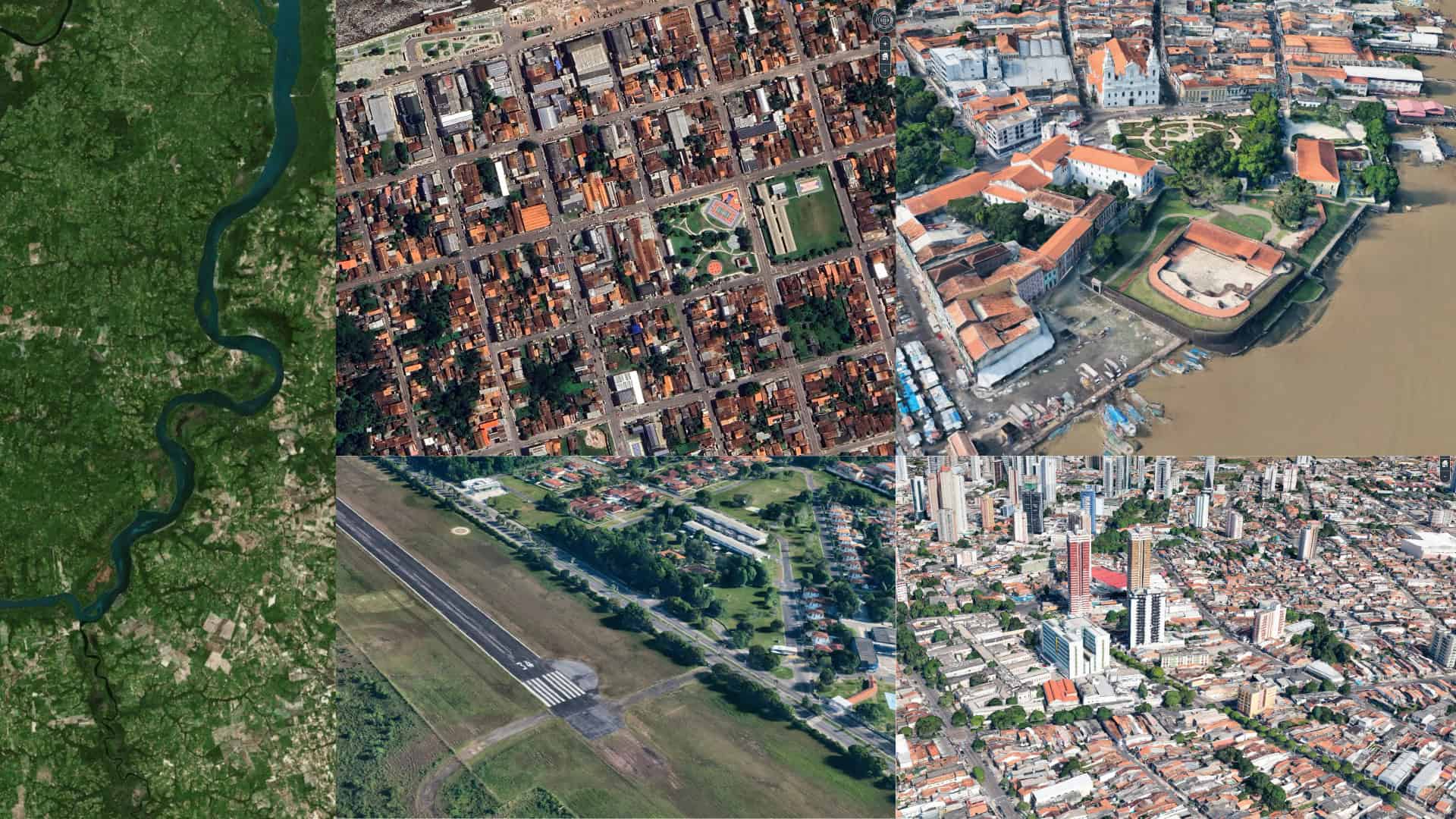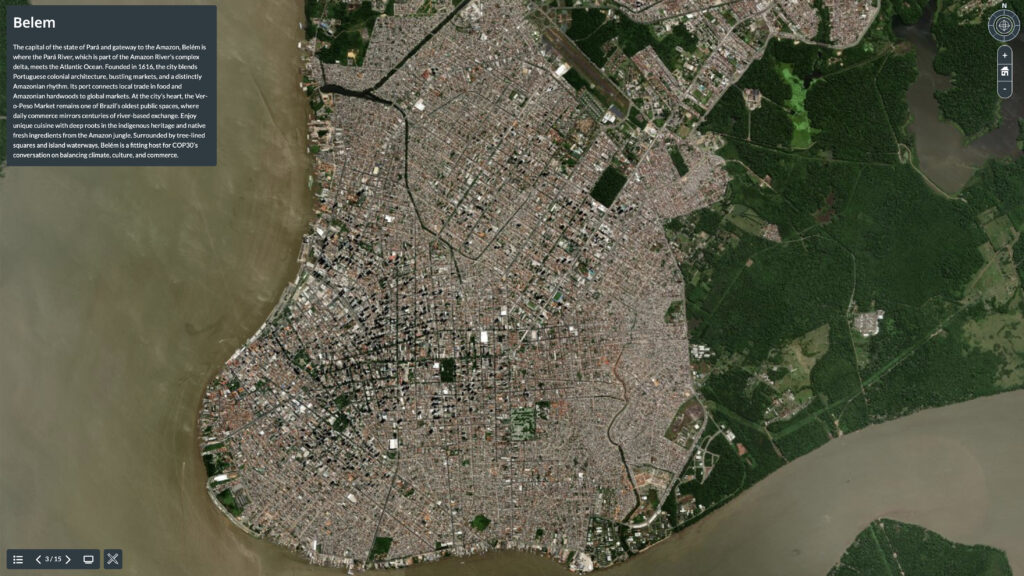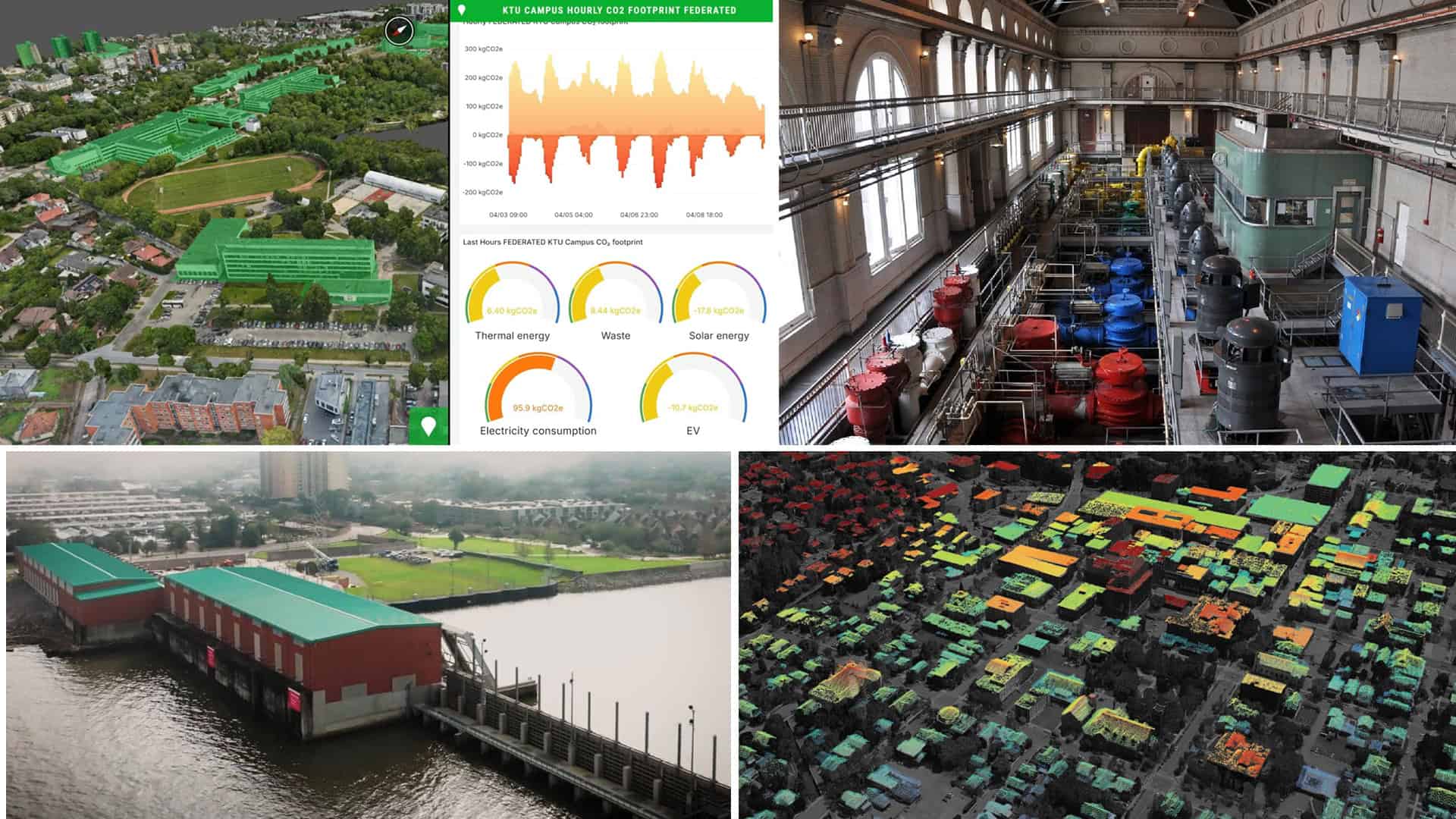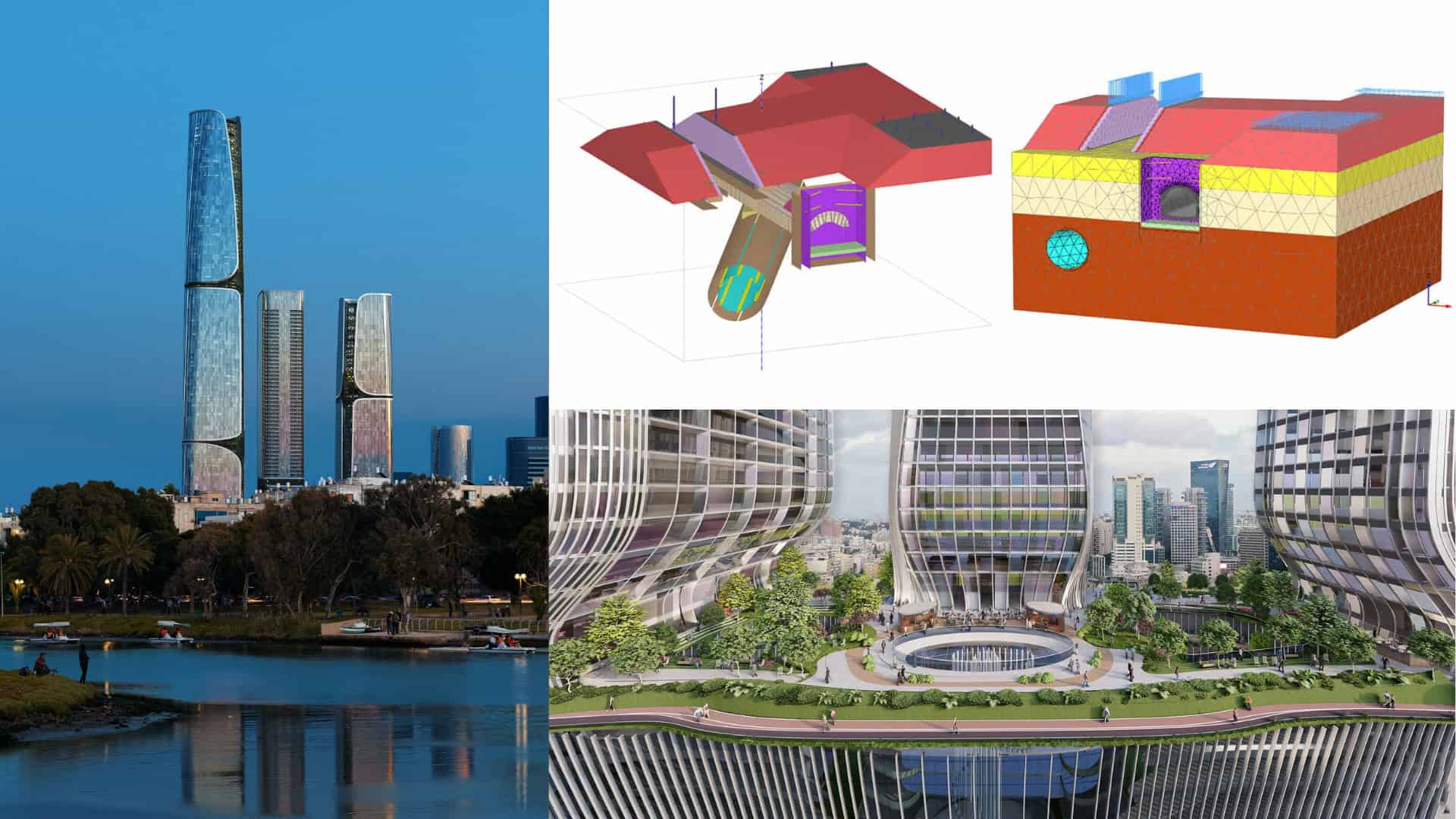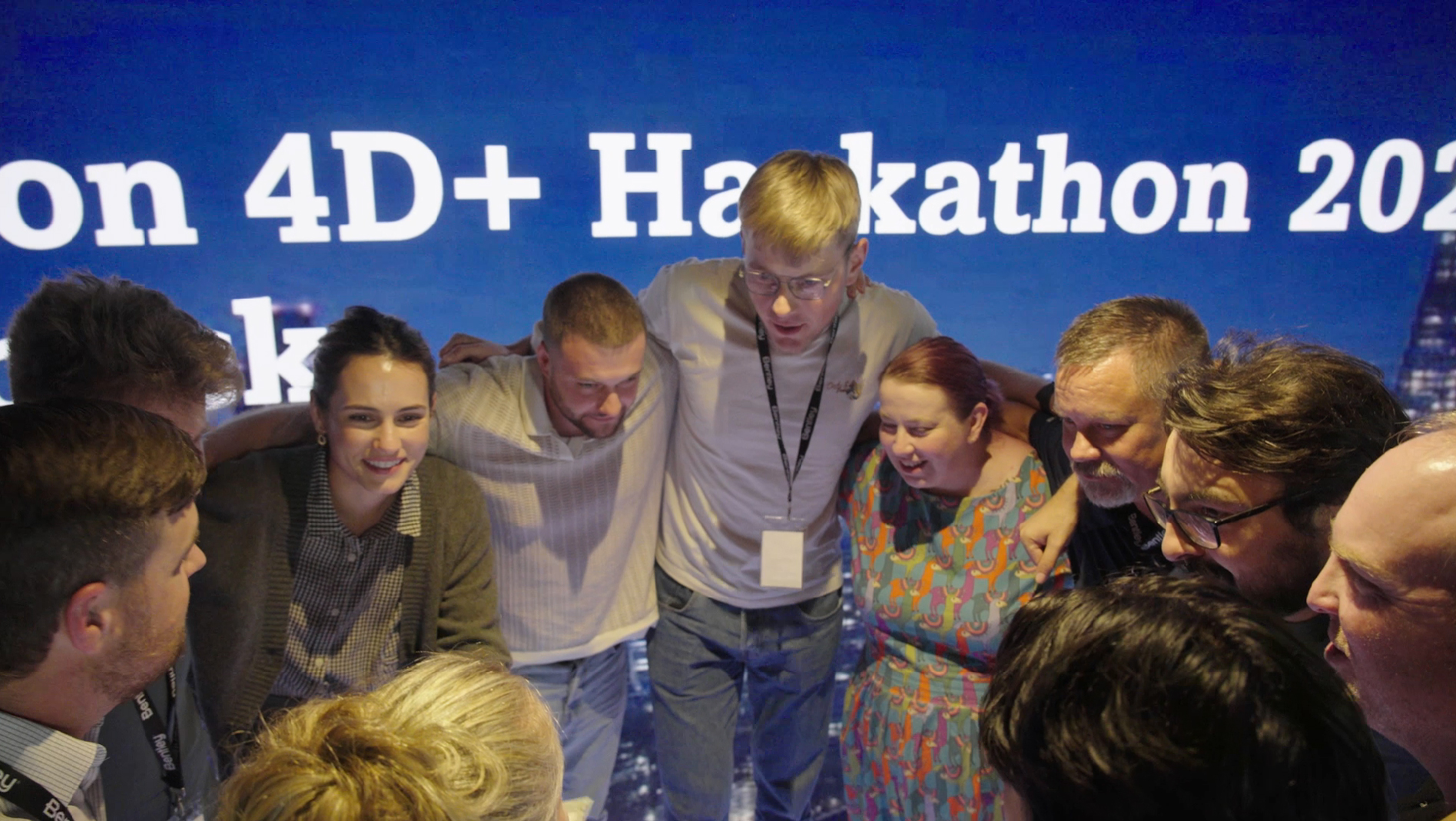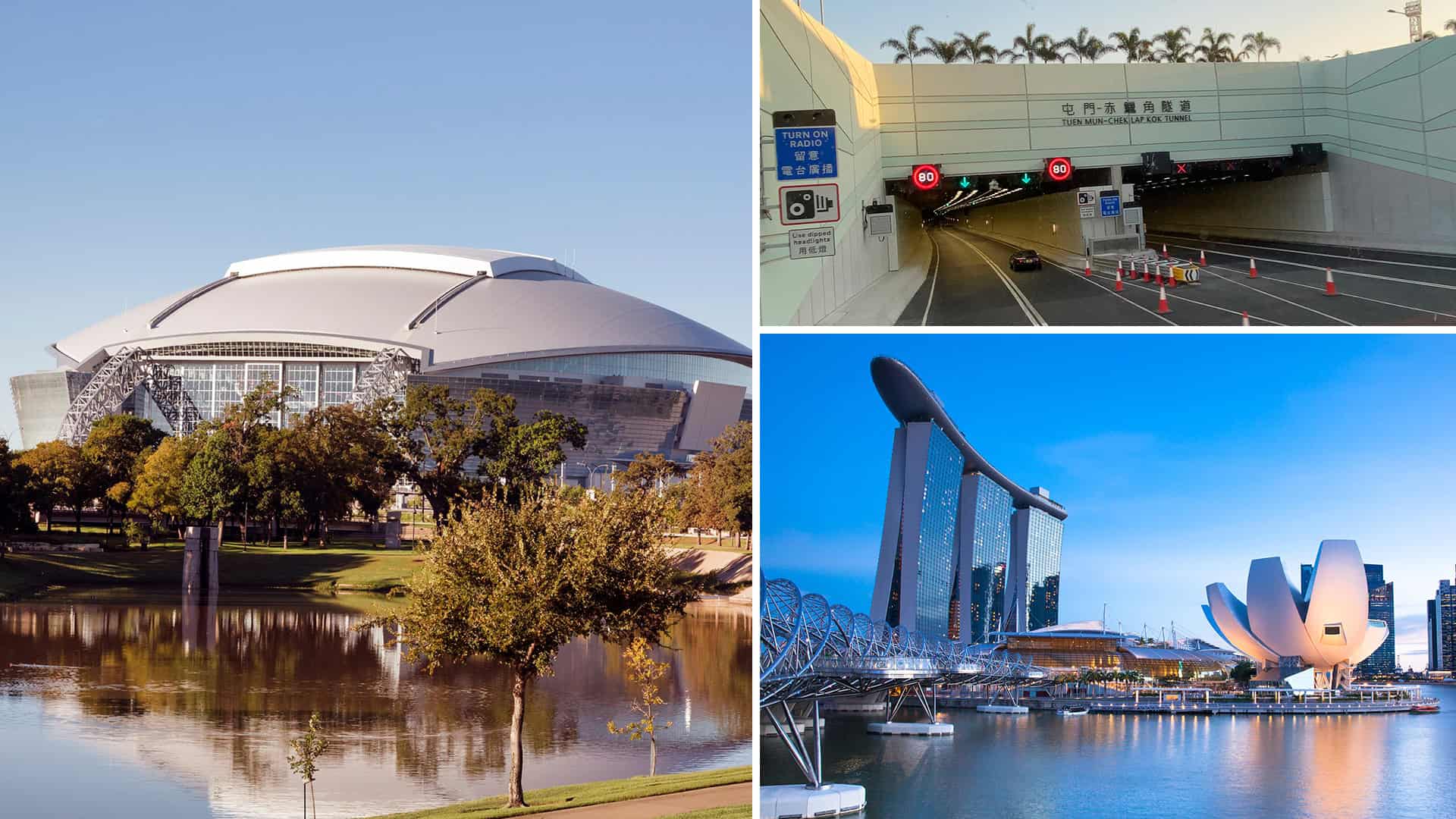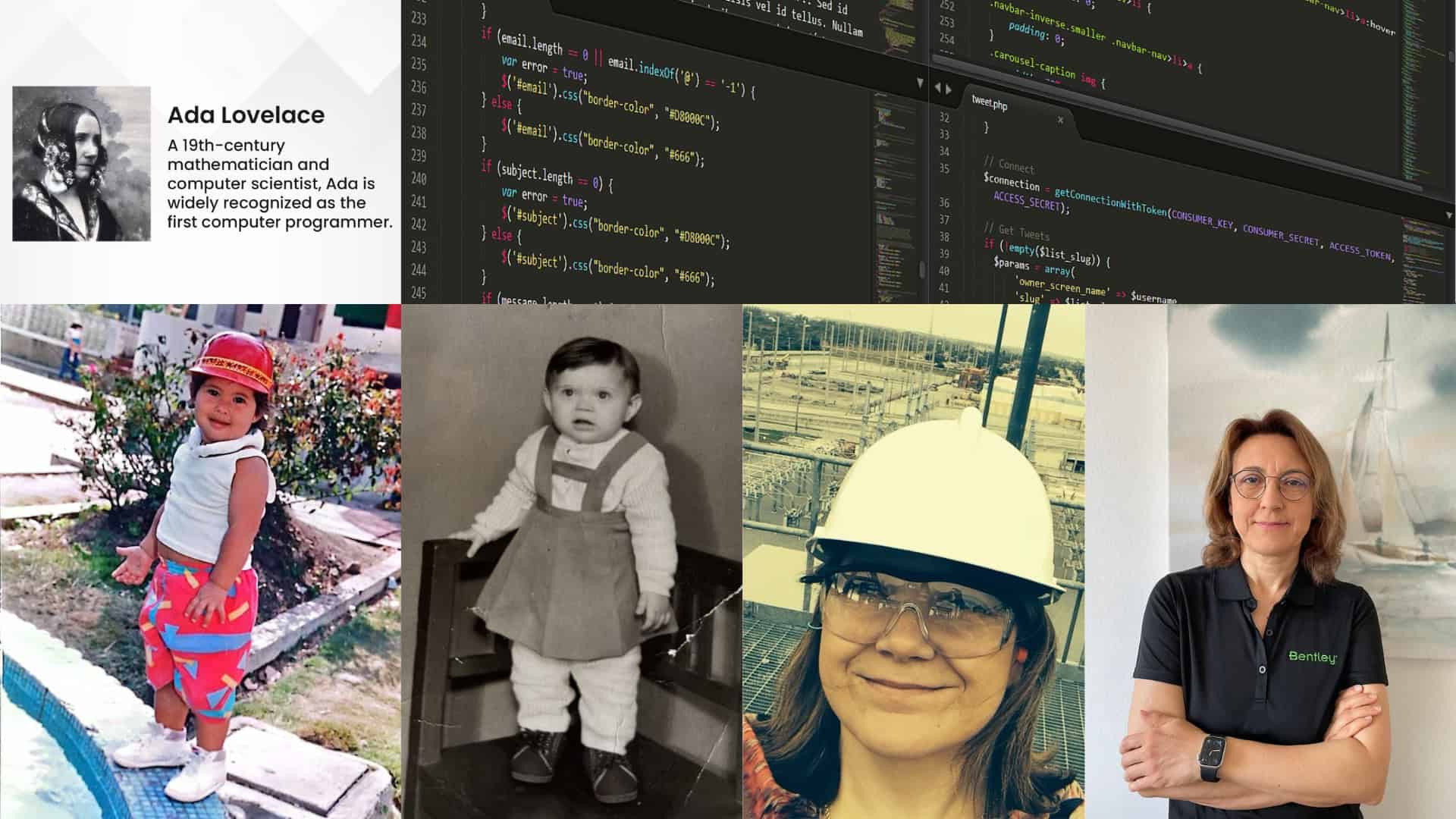1. Welcome to Belém
From floating markets to flood-resilient neighborhoods, Cesium’s interactive 3D experience immerses users in the host city of this year’s UN Climate Change Conference (COP30)—revealing how Belém, Brazil, is balancing climate adaptation, cultural heritage, and economic future at the mouth of the mighty Amazon River. Bentley System is hosting a series of events in Belém and across Brazil tied to COP30.
The annual COP summit is the world’s main stage for global climate action—where nations gather to negotiate, assess progress, and strengthen commitments to cut greenhouse gas emissions and adapt to climate change. The conference brings together governments, businesses, NGOs, and communities to foster collaboration and accountability.
This year’s conference will spotlight the Amazon’s role in global climate stability, mobilize funding for sustainable development, and mark a shift from negotiation to implementation.
Follow our Bentley Insights blog and our social media channels to learn more.
Check out the visualization of Belém.
2. COP30
When experts, academics, and world leaders gather for COP30 from November 10–21, the world’s largest climate summit will be heading straight to the Amazon and the heart of the climate crisis. Brazil will host the event in Belém, a vibrant tropical port city that serves as the commercial gateway to Earth’s largest rainforest. The choice is deliberate: COP30 seeks to ground global climate ambition where the planet’s future is most visibly at stake.
Belém sits at the crossroads of ecology and economy. Its riverfront markets move everything from açaí to timber, linking local livelihoods to global trade. Yet the city also inhabits the front lines of deforestation, biodiversity loss, and increasing heat. By bringing COP30 to the delta of the Amazon River, the United Nations underscores that climate policy cannot be made in isolation from the places it impacts most. For world leaders, Belém will stand as a living case study in how we must reconcile commerce and conservation, industrial growth and Indigenous rights.
3. Belém
The capital of the state of Pará and gateway to the Amazon, Belém is where the Pará River, which is part of the Amazon River’s complex delta, meets the Atlantic Ocean. Founded in 1616, the city blends Portuguese colonial architecture, bustling markets, and a distinctly Amazonian rhythm. Its port connects local trade in food and Amazonian hardwoods to global markets. At the city’s heart, the Ver-o-Peso Market remains one of Brazil’s oldest public spaces, where daily commerce mirrors centuries of river-based exchange. Enjoy unique cuisine with deep roots in the indigenous heritage and native fresh ingredients from the Amazon jungle. Surrounded by tree-lined squares and island waterways, Belém is a fitting host for COP30’s conversation on balancing climate, culture, and commerce.
4. Parque da Cidade – COP30 Venue
Parque da Cidade was built as Belém’s new civic park for leisure, art, and innovation. Inaugurated in 2024, the 500,000-square-meter complex includes landscaped green areas, a gastronomy hub, creative-economy center, theaters, studios, a library, and an interfaith temple. It will serve as the main venue for heads of state during the summit. After COP30, the park will reopen as a public landmark, a legacy of sustainable design and inclusive urban renewal.

5. Mercado Ver-o-Peso & Porto do Futuro II
The 18th century Casa do Ver-o-Peso evolved from a customs house into one of Brazil’s most iconic markets. Declared a national heritage, it remains a daily crossroads where fish, herbs, and açaí arrive by river. Nearby, the restored Porto do Futuro II transforms five historic warehouses along Guajará Bay into a cultural hub. Home to the Amazon Bioeconomy Park, Amazon Museum, and Armazém da Gastronomia, the complex merges early industrial architecture with modern, sustainable design. Together, Ver-o-Peso and Porto do Futuro II also symbolize Belém’s response to climate change—integrating cultural heritage preservation with green infrastructure, economic regeneration with environmental resilience, and local identity with global climate leadership
6. Praça da República & Theatro da Paz
Praça da República, once a 19th century burial ground, evolved into Belém’s cultural center. Its shifting names trace Brazil’s journey from empire to republic. Facing the square stands the neoclassical Theatro da Paz, inaugurated in 1878 during the rubber boom. Modeled after European opera houses, it showcased the Amazon’s prosperity and artistic ambition. Today, both landmarks remain symbols of civic pride—reminding COP30 visitors that culture and resilience are also vital to sustainability.
7. Basílica de Nossa Senhora de Nazaré
The Basílica de Nossa Senhora de Nazaré anchors Belém’s spiritual life. It houses the sacred image of Our Lady of Nazareth, honored each October during one of the world’s largest religious processions. Millions join by land and river, with colorful boats following the saint across the water. As COP30 draws global attention, the basilica stands as a reminder of the need to protect the traditions that root people to place.
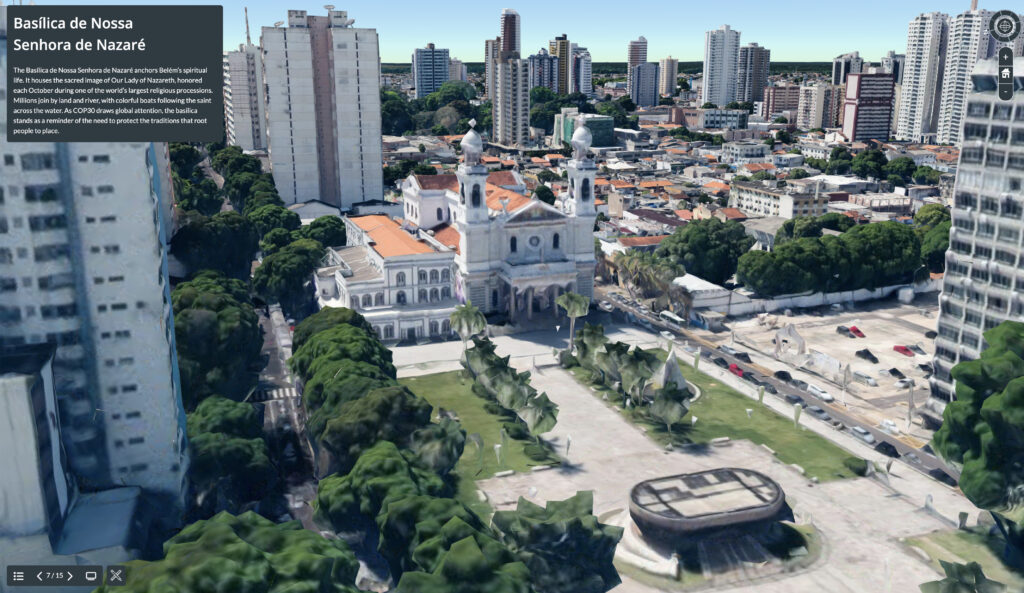
8. Forte do Castelo (Forte do Presépio)
Built in 1616, the Forte do Presépio marks the birthplace of Belém and the first Portuguese stronghold in the Amazon. Perched at the confluence of the Guamá River, another waterway in the Amazon delta, and Guajará Bay, the fort defended colonial trade routes and became the seed of the city’s growth. Now restored as a museum, the fort exhibits artifacts tracing Belém’s evolution from frontier outpost to modern capital. It symbolizes endurance, adaptation, and the layered history of the city.
9. Barcarena
Located near Belém, Barcarena is an industrial port city tied to Brazil’s aluminum and bauxite exports. Its harbor remains a vital link in global supply chains even as it faces mounting environmental pressures. Historically, Barcarena was a center of Indigenous and Afro-Brazilian resistance. Today, the city is investing heavily to expand sanitation and water access. Barcarena’s story captures the ongoing challenge of balancing industrial progress with social and ecological responsibility.
10. Guamá River
The Guamá River defines Belém’s geography and its climate risks. Seasonal flooding, amplified by urban runoff, threatens riverside neighborhoods and infrastructure. City planners are integrating flood-mapping data, drainage upgrades, and green-corridor restoration to reduce damage and improve resilience. The Guamá demonstrates how Amazonian cities must adapt to water’s natural rhythm—building with, not against, the environment.

11. Umarizal District
Umarizal is one of Belém’s fastest-growing districts and a prime example of the urban heat-island effect. Dense development and scarce vegetation have dramatically increased surface temperatures. In response, local initiatives promote green roofs, urban trees, and shaded corridors that cool the city and improve air quality. Umarizal shows how design and policy can transform adaptation goals into visible, everyday change. (Other cities around the world have used data and digital twins to mitigate urban heat islands.)
12. Mangal das Garças Park
The Mangal das Garças Park, a 40-acre wetland along the Guamá River, restores native habitats within the urban core. Home to herons, turtles, and butterflies, it serves as both an ecological refuge and a public classroom. Its observation tower, aviary, and botanical gardens connect conservation with recreation. As Belém prepares for COP30, the park demonstrates how cities can weave biodiversity, tourism, and climate adaptation into a single living landscape.
13. Terra Firme
Terra Firme is among Belém’s most vulnerable neighborhoods, facing recurrent flooding, poor sanitation, and extreme heat. Many residents live in informal housing built along low-lying terrain. Current projects focus on drainage, green corridors, and expanded sewer coverage. Terra Firme underscores the social side of climate resilience—reminding leaders that sustainable adaptation begins at the neighborhood level.
14. Manaus
Technology is also helping elsewhere in the Amazon. In Manaus, in the Brazilian state of Amazonas, the Prosman+ initiative is relocating more than 2,400 families from flood-prone areas, replacing risk with resilience across a 340,000-square-meter zone serving 60,000 residents. Faced with complex site coordination and outdated 2D plans, the team turned to Bentley’s software are modeling tools to build a fully connected 3D environment. The switch to digital integration cut project time by 62%, saved about $7 million, and trimmed its carbon footprint. The result: faster, smarter, and more sustainable urban planning for the Amazon’s largest city.


